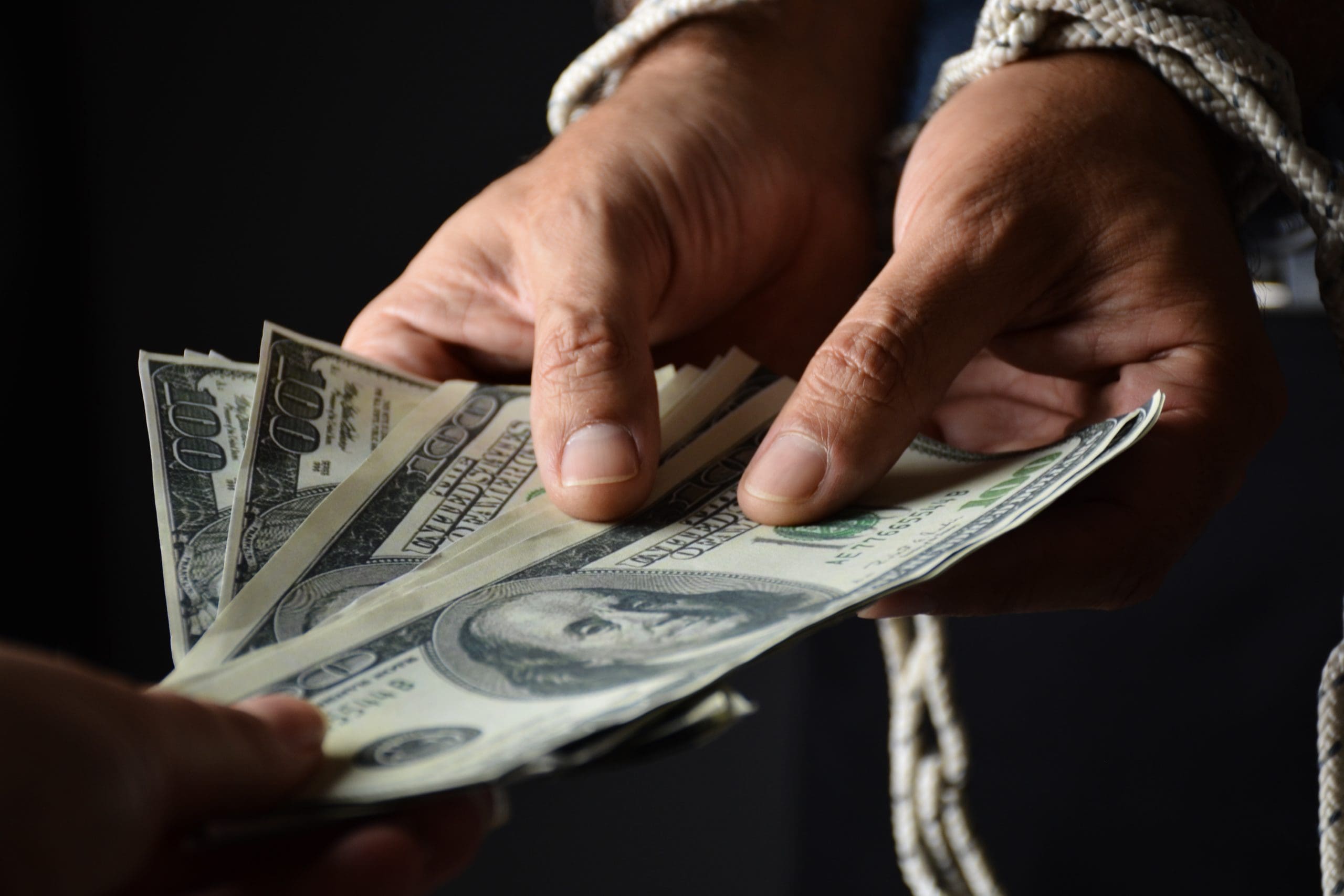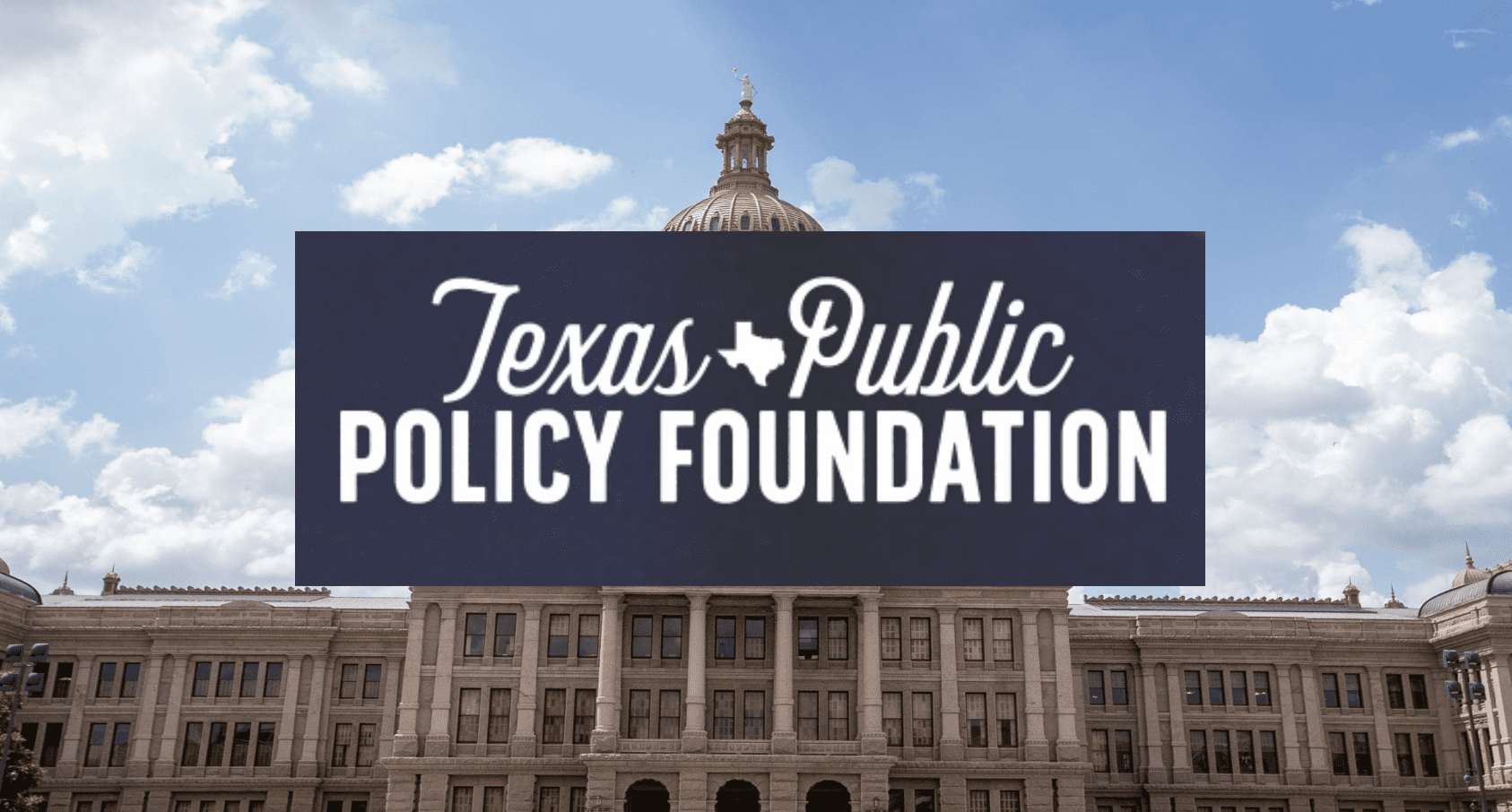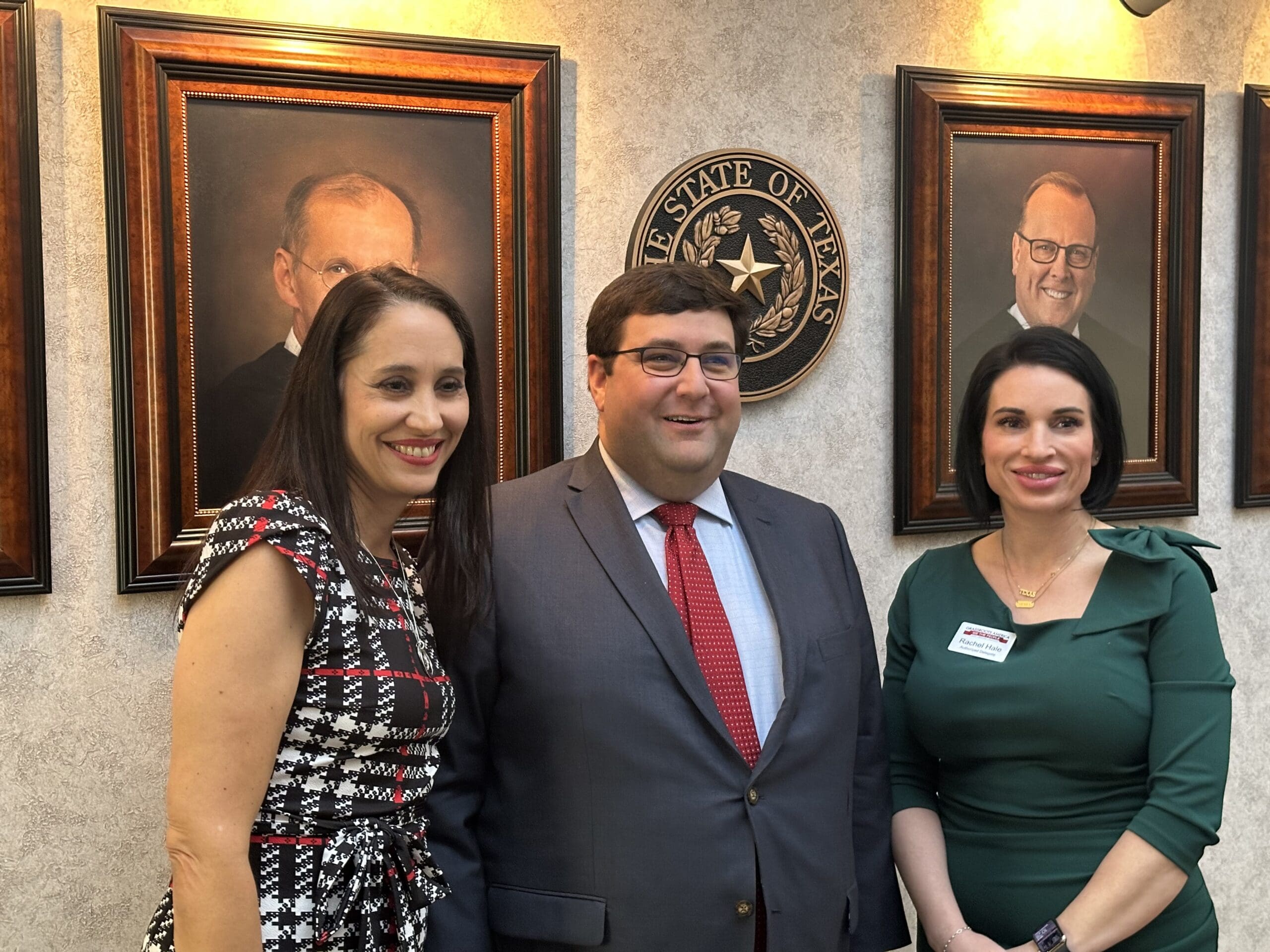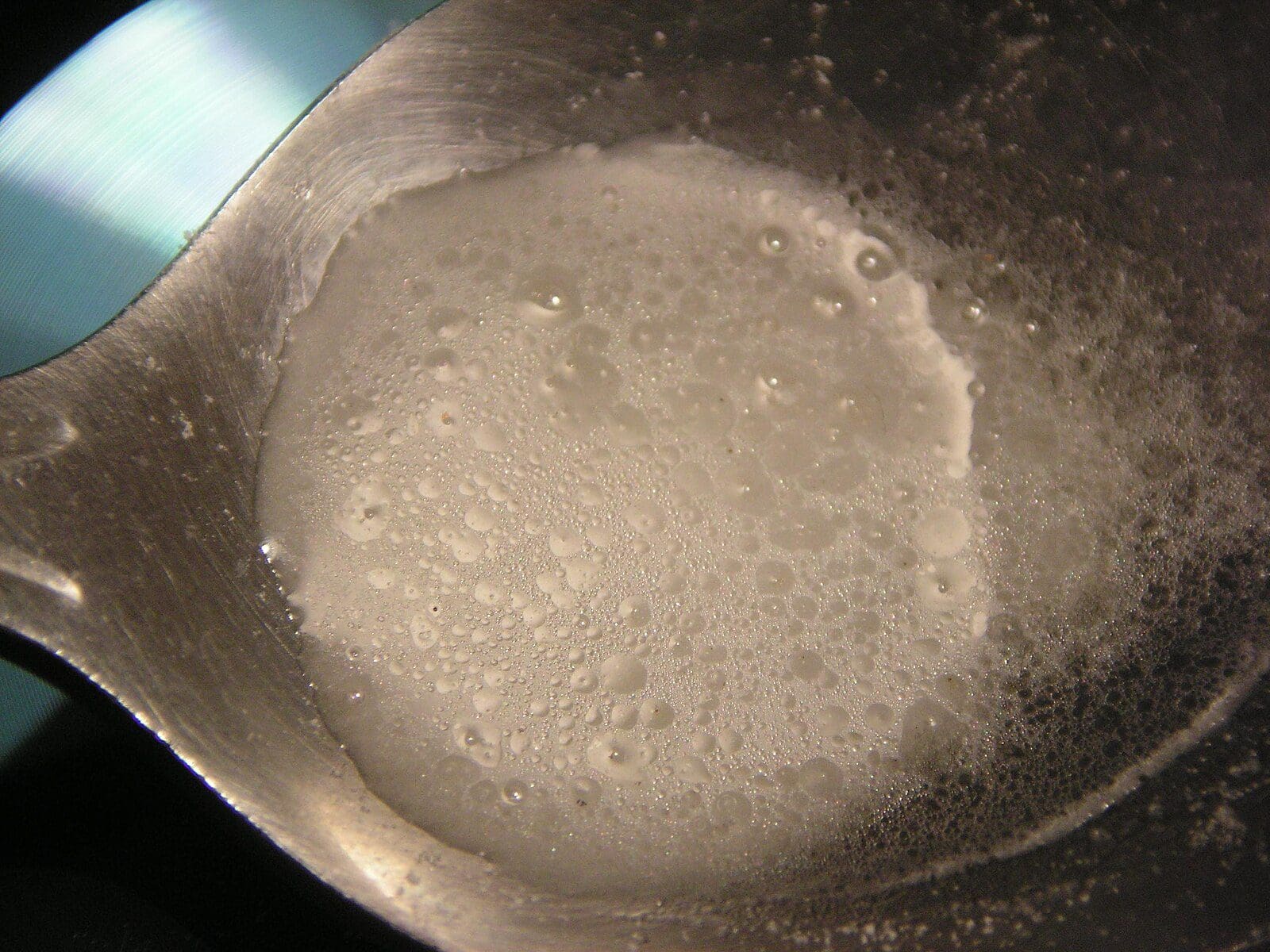On Tuesday morning, the House Appropriations Committee unanimously passed the budget plan provided in House Bill 1. HB 1, as passed by the committee, will spend $209.8 billion over the 2016-17 biennium, an increase of $7.4 billion from the $202.4 billion base budget plan recommended by the Legislative Budget Board (LBB) in January.
The budget presently allows $104.6 billion for general revenue spending and leaves $8.4 billion unspent. About half of this amount goes into the General Revenue-Dedicated (GRD) accounts, which are smaller funds that support miscellaneous state programs. The House plan will also spend $67.1 billion from federal funds and $29.7 billion from other state funds.
The budget plan is $2 billion below the spending limit, leaving little clearance for tax relief provisions that Gov. Greg Abbott requires from any budget proposal that crosses his desk.
In fact, nowhere in the House budget plan can provisions for tax relief even be found – a remarkable contrast from the Senate plan, which included $4 billion in property tax relief. And while the Senate pursues tighter future spending limits in bills like SJR 2 and SB 9, the House plan does nothing to limit the future growth rate of appropriations.
While House officials have pledged support for tax cuts and fiscal responsibility this session, their budget still shows no evidence of delivering on those promises.




